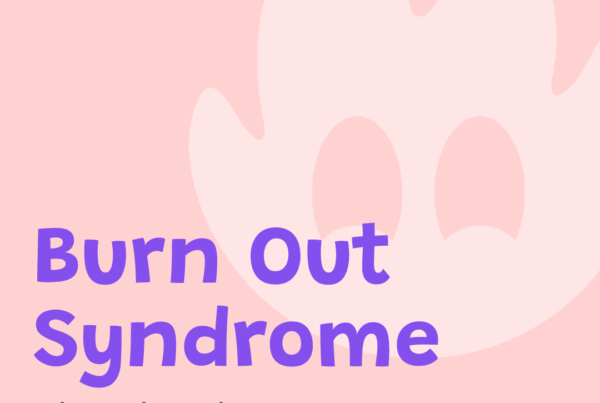The concept of toxic masculinity has been around for decades. Phrases like, “boys don’t cry”, “be a man”, and words like “macho,” “red-blooded” or “machismo” have been in use for years, upholding the masculinity that men are expected to be. “Toxic masculinity” is a tricky term. It’s a phrase that’s quick to be misunderstood and it is often not talked about at all due to its volatile nature. However, before we dive into the concept of toxic masculinity, let’s clear up a few basic ideas about gender itself.
It has been shown by researchers that there is only a minute difference between the brains of men and women. Gender Identity is the personal and individual sense of one’s own gender . People of different genders act differently not because of biological characteristics but because of the inflexible and rigid societal norms created around masculinity and femininity.
The phrase “toxic masculinity” stems from studies and societal stereotypes that focus on men being violent, dominating, emotionally repressed etcetera. It does not start from masculinity, but rather it upholds a twisted gendered idea of what a man is expected to be like. After decades of research and societal progress, we know that men are not naturally aggressive but, in this society, where masculinity is equated with aggression and physical power, men and boys will invariably feel like they’re failing at being men. These men often resort to violence to fill this misconceived void.
Toxic masculinity is a sensitive topic and the consequences of this conversation could not be higher. Lately it’s been getting the attention it needed for decades. The youth and adolescents need to be educated and spoken to about sex, gender identity, and its societal perception and maybe in doing so, we can spare them from repressing their gender identity and give them ways to freely express themselves and be their authentic selves.
Virtually Yours,
People of Nora ♡





